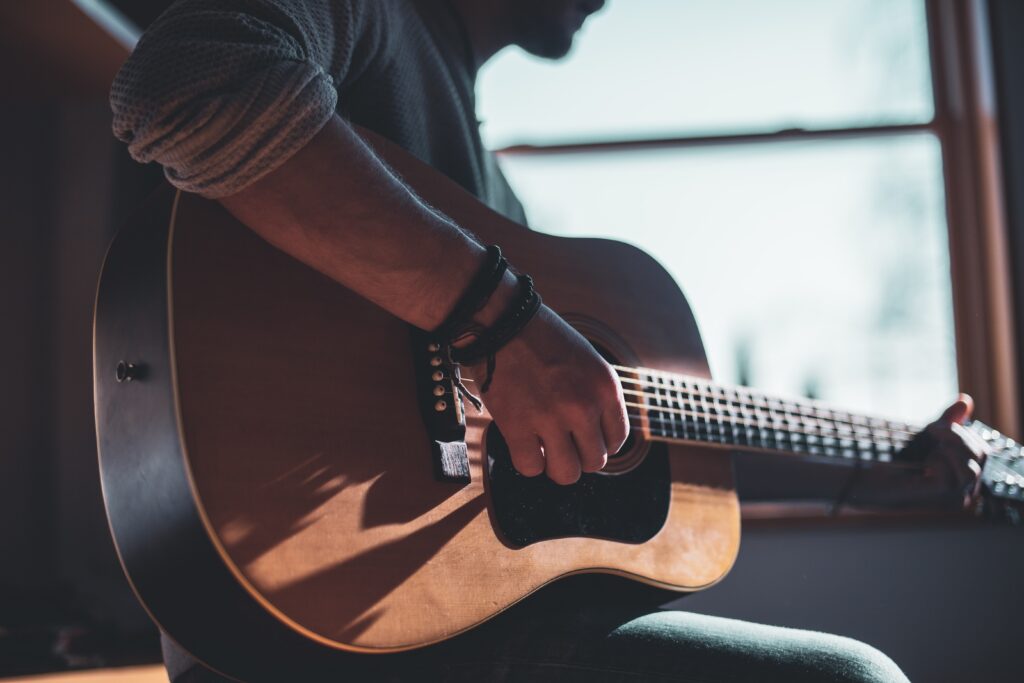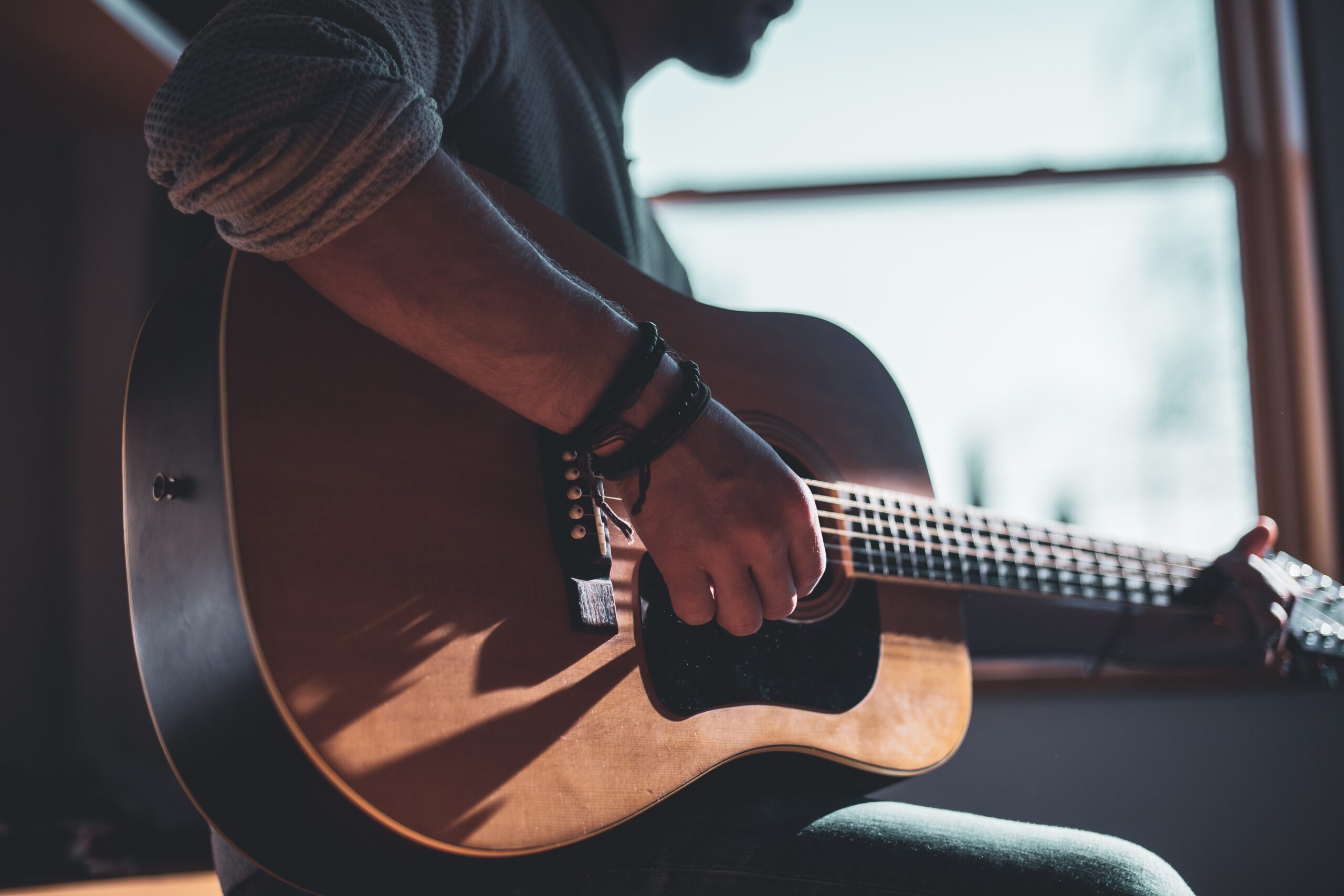There are a few key things that every guitar player needs to know in order to be successful. One of those things is the proper fingering technique. By using the correct fingering, you can make your playing sound smoother and more polished. Plus, it’ll make learning new songs a lot easier! Here are five essential fingering techniques that every guitar player should master:

The index finger is the most important finger for guitar playing
The index finger plays a key role in forming chords on the guitar by pushing more than one string at once. Without this finger, it would be impossible to play many of the popular songs that we know and love. Additionally, it helps strum single notes so that they sound clear and crisp when combined with other notes. It is also used for techniques such as slides, hammer-ons, and pull-offs. This makes the index finger the most important finger when playing the guitar because it can make different chords sound amazing while adding subtle nuances to basic progressions. All in all, guitar playing wouldn’t be possible without the help of your trusty index finger!
The middle finger is also very important for guitar playing
The use of the middle finger is often overlooked when it comes to the proper technique for playing the guitar. While most people focus only on the fingers and hands of their fretting hand, the middle finger is actually one of the most important digits for an effective strumming pattern. There are certain chords and riffs that cannot be properly executed without using this essential finger, so integrating it into your playing routine can be hugely beneficial. The middle finger is versatile and can be used in a variety of ways to further enhance your performance—making sure it’s being utilized correctly will add a fresh sound to your songs or instrumentals.
The ring finger and the pinky finger are less important, but still, play a role in guitar fingering
While the thumb and index finger takes on most of the work when manipulating a guitar’s strings, the role of both the ring finger and pinky finger should not go unnoticed. In particular, they come in handy when playing certain musical techniques that require added dexterity, such as hammer-ons, slides, and pull-offs. Furthermore, they contribute to more complex chords by allowing for wider stretching between fingers. While some musicians may choose to omit using these two digits for simpler versions of songs, their usage could help unlock an even fuller potential from a tune.
There are different techniques for different genres of music
Music can be an incredibly rewarding and enjoyable hobby, allowing you to express your creativity and explore many different genres. Each genre has its own unique techniques used to create a distinct sound. For example, when playing the electric guitar in blues music, an essential technique is bending strings which adds more expression to the sound taken from the instrument. Percussive elements are frequently used in dance music, allowing for more complex beats and builds for increased dynamics that come together to give listeners a thrilling experience. Jazz music often requires improvisation on traditional instruments such as the saxophone and trumpet, emphasizing the creative understanding of how they interact with other instruments which result in new variations in sound that help each performance stand out. It’s clear that there are several techniques needed to master different genres of music and by studying each one thoroughly you can become a better musician.
Practice makes perfect – the more you play, the better your fingering technique will become
Learning to play the piano is no easy feat, but there is one surefire way to hone your skills: practice. If you challenge yourself to give it your all, you’ll see that each practice session will be more productive than the last. Whether you’re learning scales, chords, songs, or all of the above, repeating the same fingerings repeatedly can greatly improve your strength and accuracy with time. So if you have a piece of music in mind you wish to perfect, break it into its component parts and begin at a graspable pace – soon enough you will be zipping through every finger exercise with ease!
To conclude, different fingers of the fretting hand play different roles while playing the guitar. The index finger is the most important, while the middle finger is not far behind. The ring finger and pinky are less important, but still have a role to play depending on what type of music you’re playing. Remember that there are techniques for different genres of music depending on what you want to achieve. But no matter what style or technique you choose to use, practice will be key in developing your own personal sound and becoming a skilled guitarist. So don’t be afraid to put in those extra hours and become an expert player – just keep your fingers moving!


Recent Comments